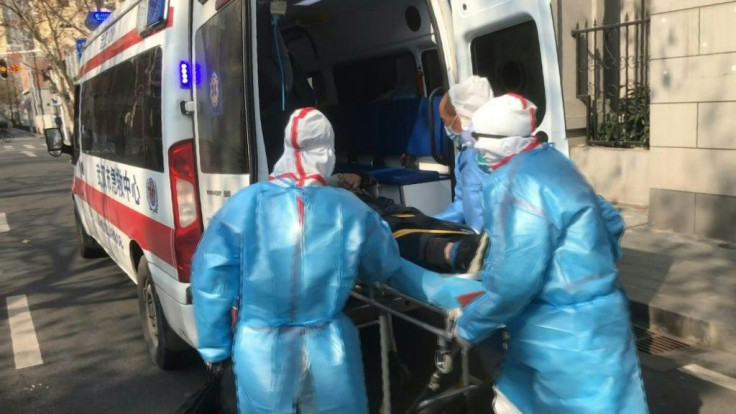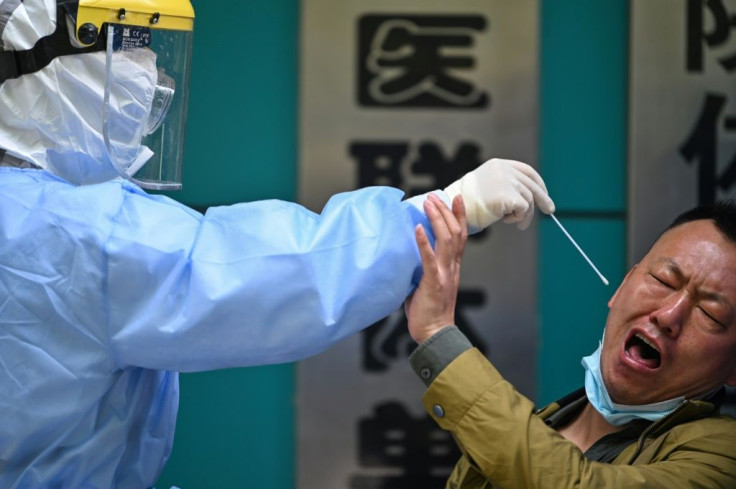China Economy Shrinks 6.8% In Q1, Sees No Path To Speedy Growth

KEY POINTS
- Industrial production dropped by 8.4% in the first quarter
- Uncertainties created by the coronavirus pandemic led to a 16.1% fall in fixed-asset investment
- An economist predicts a 5% drop in China’s economic growth for the full year
The Chinese economy shrank a massive 6.8% in the first quarter, sounding a shrill warning for the world economy reeling from the coronavirus pandemic that has simultaneously ground to a halt the economic engines across the globe. A Reuters poll of analysts had predicted a 6.5% contraction.
The contraction is the first decline since at least 1992, when China officially started recording quarterly GDP, according to Reuters.
Beijing reckons that the bigger companies will continue to show tepid growth, as they require global demand to pick up for growth to accelerate, a report in Invesiting.com said.
The world’s second-largest economy was hit by the coronavirus towards the end of November last year. It grew 6% in the last quarter of 2019.
Industrial production dropped by 8.4% in the first quarter. The coronavirus uncertainties led to a 16.1% fall in fixed-asset investment. The lockdown and travel restrictions led to a 19% fall in retail sales. Consumer goods sales fell 15.8% in March alone, while online sales of physical goods spiked 5.9%, the report said.

Chinese businesses that extended a Lunar New Year holiday by weeks to slow the virus' spread are still not back to normal levels. The services industries have been the worst hit. To make matters worse, the has sapped global demand and delayed China’s return to growth.
Capital Economics, a London-based research group, predicts a full-year 5% drop in China’s economic growth because of the likely fall in growth or contraction of the global economy. “The global weakness will slow China’s recovery … and this would be the first annual contraction since 1976,” according to Mark Williams, Capital Economics chief Asia economist, a report on the South China Morning Post said.
Reliance on traditional approach to power growth
China is stepping up stimulus efforts to boost growth. But it is also relying on the traditional approach of providing money to local governments to speed up infrastructure investments, instead of direct handouts to households or offering broad-based tax cuts for small businesses and individuals.
Although the Chinese government’s assessment is that the economy is gradually improving, Williams believes the conventional approach of paying local governments to improve capital investment may not work. The Financial Stability and Development Commission, led by Vice-Premier Liu He, the top economic adviser to President Xi Jinping, told a recent meeting that companies in China are improving despite external risks. “External risks are bigger than internal ones, while risks to large firms are bigger than risks to micro-entities,” a government statement said.

The bigger transnational entities would need the global economy to revive to return to growth. However, this will not be easy. “The first-quarter contraction is not a surprise, considering the nationwide lockdown in late January and February,” Robin Xing, chief China economist at Morgan Stanley Asia, said. “Most major economies are still in the lockdown stage. As a result, growth in the second quarter will be shallow, just marginally above zero,” Invesiting.com said.
The course of global recovery would heavily depend on the trajectory of the coronavirus pandemic that has already infected 2.19 million people in more than 200 nations and territories, and taken nearly 147,400 lives.
© Copyright IBTimes 2024. All rights reserved.



















